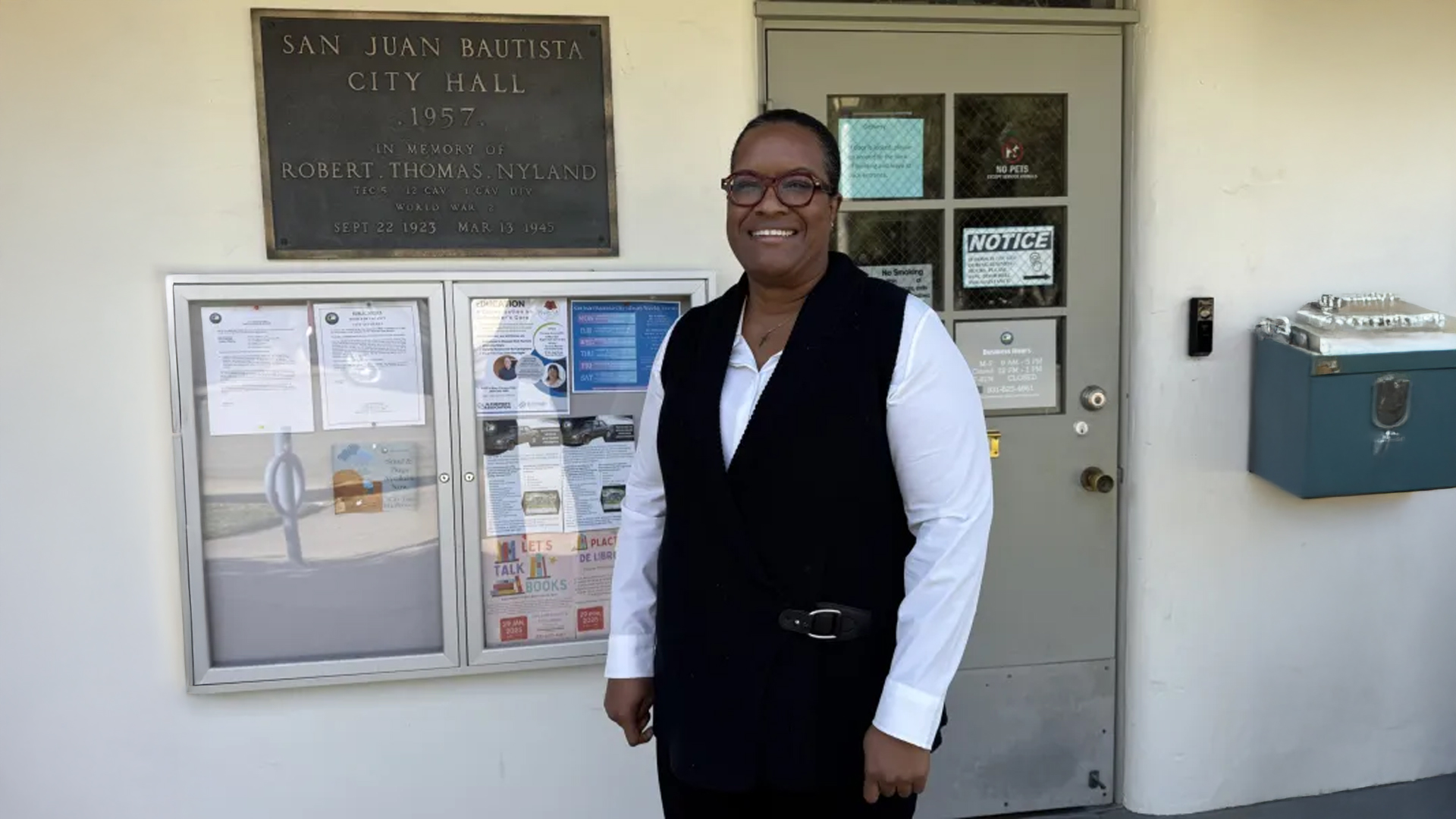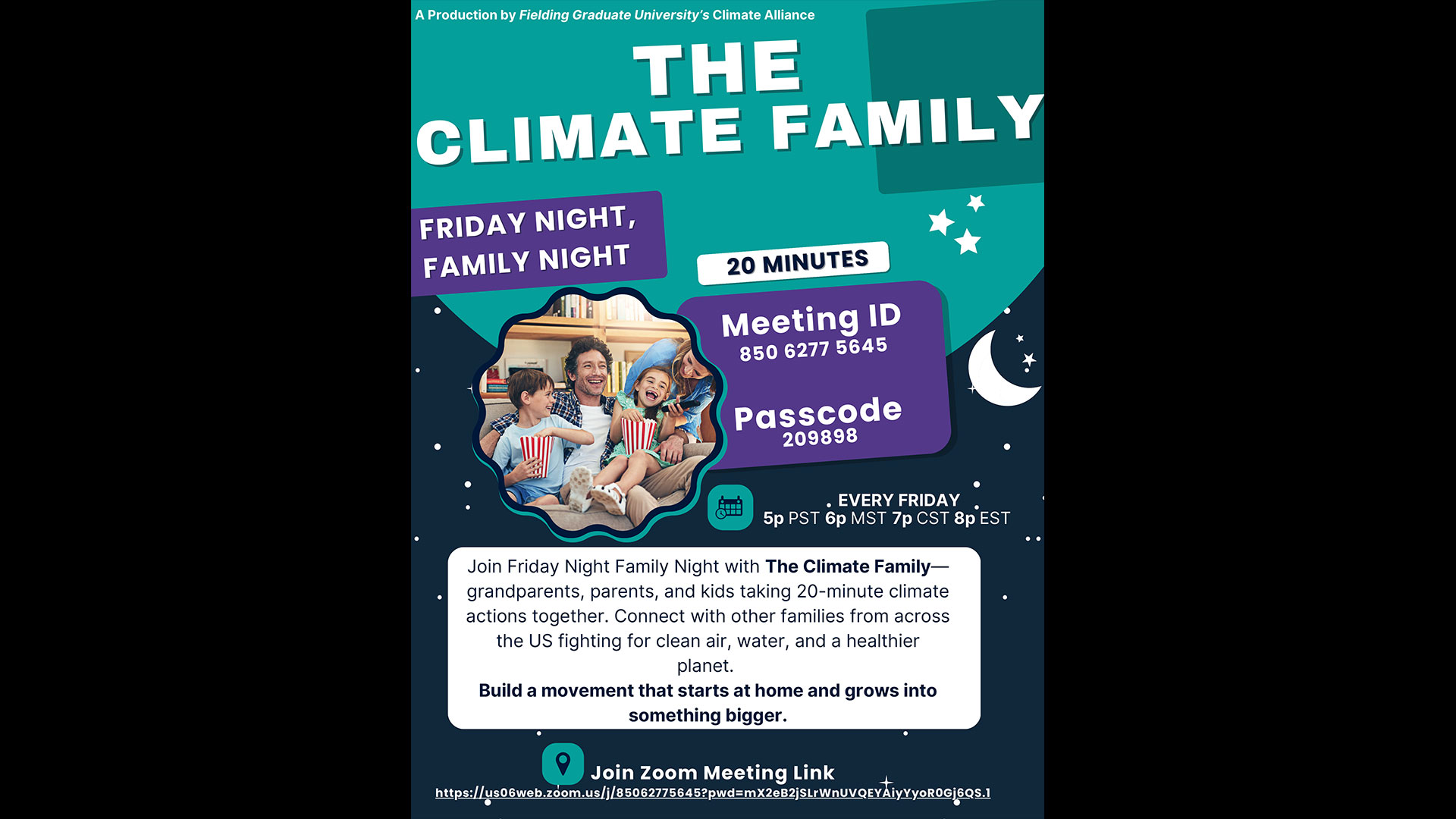Rewatching and sharing favorites improves mood and strengthens connections.
Key points
- Anticipation of familiar scenes triggers dopamine, making rewatching more rewarding.
- Rewatching holiday movies fosters tradition and enhances feelings of connection across generations.
- Revisiting favorites lowers cognitive load, increases ease of processing, and reduces stress levels.
- Familiarity strengthens parasocial connections with media characters, increasing meaning and belonging.
Ever found yourself reaching for your favorite old movie or TV show despite knowing every line and plot twist? You’re not alone. Rewatching old favorites is a popular activity for many, especially during the holidays, when seasonal classics like It’s a Wonderful Life, Love Actually, Charlie Brown’s Christmas, and Home Alone dominate our screens. But why is the experience of rewatching so rewarding and comforting? Why don’t we get bored?
The Power of Familiarity
We rewatch shows for emotion, not plot. Rewatching is an intentional choice based on our prior knowledge and desire to recreate meaningful emotional experiences. Knowing what’s coming allows us to take charge of our feelings and actively support our well-being, particularly during periods of stress like the holidays. Rewatching and repetition lower our cognitive load, too, so our brains don’t need to work as hard to process the information, leaving us free to fully immerse ourselves in the experience, enjoying details we might have missed the first time, or deepening our connection to the characters, storylines, or those around us.
The familiarity also provides a sense of safety and predictability, which is especially comforting during stressful times like the holidays. Returning to something known and consistent when life feels chaotic can ground us and help us regulate our emotions.
Anticipation and Reward: A Feel-Good Cocktail
Rewatching isn’t just about the past; it’s also about the present and the future. Anticipating a favorite scene, story, or feeling plays a significant role, amplifying our enjoyment by activating the brain’s reward system. Berridge and Robinson (2016) reported that the main dopamine circuits are activated by the mental “wanting” of the visualized rewards, in this case, the feel-good movie experience. This mental anticipation motivates behaviors that will deliver the anticipated experience. Anticipation isn’t the only rewarding moment in this dopamine cycle. We get a feel-good boost as we look forward to the experience, during the show as we relive favorite moments, and at the end, when we feel satisfaction from a resolution we already knew was coming.
Rewatching Benefits
Rewatching offers more than just entertainment; it provides a variety of emotional and social benefits that contribute to our well-being:
- Stress Relief: Familiar content removes the tension of uncertainty, allowing us to relax, become more immersed in the stories, and focus on the anticipated positive emotions. Holiday films, in particular, have themes of hope, belonging, and resilience that can have psychological and physical benefits (Prestin & Nabi, 2020).
- Experience Nostalgia: Classics often tap into nostalgia, a powerful emotion that can boost mood, increase self-confidence, and even enhance our sense of belonging. A normal part of aging, nostalgia adds meaning by allowing us to reimagine and reconstruct the past through a rose-colored lens of sentimentality aided by the 24/7 availability of digital reruns (Sedikides & Wildschut, 2018).
- Shared Memories: Watching old favorites often comes with memories of previous viewings, whether alone or with loved ones. This layering of past and present creates holiday traditions that transcend the movie content, building richer, more meaningful experiences across generations.
- Parasocial Connections: Frequent viewings increase the chances of developing a parasocial relationship—a one-sided emotional attachment to characters—that makes rewatching feel like spending time with old friends. Rewatching (and rereading) when you feel an emotional connection to media characters and settings can decrease loneliness and increase feelings of belonging and companionship (Paravati et al., 2021).
Why Holiday Movies Hold a Special Place
Holiday movies are designed to offer comfort and joy. Their simplistic plots often center around themes of hope, love, and belonging, which resonate deeply during the holiday season. These movies also tap into traditions and rituals, which are critical for creating a sense of stability and connection.
My adult children annually rewatch classics like A Charlie Brown Christmas while wrapping presents. Turning a simple viewing into a ritual evokes warmth and togetherness, reinforces the holiday spirit, and links the past to the present.
Goal-Driven Media: What Are You in the Mood For?
Our media choices reflect our emotional and psychological needs. Rewatching old favorites can be a response to our stress level, our desire to experience bonding and belongingness, our need for hope and encouragement, or our feelings of being too tired to think too much. New content can be invigorating and rewarding when we want excitement or to become absorbed in unknown plots, characters, and endings.
Nothing, however, is completely new. We use genres, actors, directors, and writers as cues to evaluate something new—connecting something new with an existing mental model in the same way that we process all information. This enhances cognitive processing and enables us to anticipate the enjoyment of new content. A new movie may seem more appealing if we are familiar with the actors, the director, or the theme, or have heard about it from others. These bits of context help us make sense of it and create expectations that blend the novel with the familiar.
Takeaway: Old Movies, New Insights
Rewatching old movies is a meaningful activity that supports emotional regulation, strengthens social bonds, and even boosts physical health. During the holidays, this ritual becomes even more powerful, intertwining nostalgia, tradition, and shared experiences into a comforting, rewarding practice. So, the next time you queue up It’s a Wonderful Life or Gilmore Girls, remember that you’re doing more than indulging in nostalgia—you’re actively supporting your mental and emotional health.
Want to keep up with Dr. Pam Rutledge? Sign up for her newsletter: https://drpam.substack.com.
This article also appeared on PsychologyToday.com.
References
Berridge, K. C., & Robinson, T. E. (2016). Liking, wanting, and the incentive-sensitization theory of addiction. Am Psychol, 71(8), 670-679. https://doi.org/10.1037/amp0000059
Paravati, E., Naidu, E., & Gabriel, S. (2021). From “love actually” to love, actually: The sociometer takes every kind of fuel. Self and Identity, 20(1), 6-24. https://doi.org/10.1080/15298868.2020.1743750
Prestin, A., & Nabi, R. (2020). Media prescriptions: Exploring the therapeutic effects of entertainment media on stress relief, illness symptoms, and goal attainment. Journal of Communication, 70(2), 145-170. https://doi.org/10.1093/joc/jqaa001
Sedikides, C., & Wildschut, T. (2018). Finding meaning in nostalgia. Review of general psychology, 22(1), 48-61. https://doi.org/10.1037/gpr0000109
Join Over 7,500 Fielding Alumni Located Around The World!
Change the world. Start with yours.™






Get Social